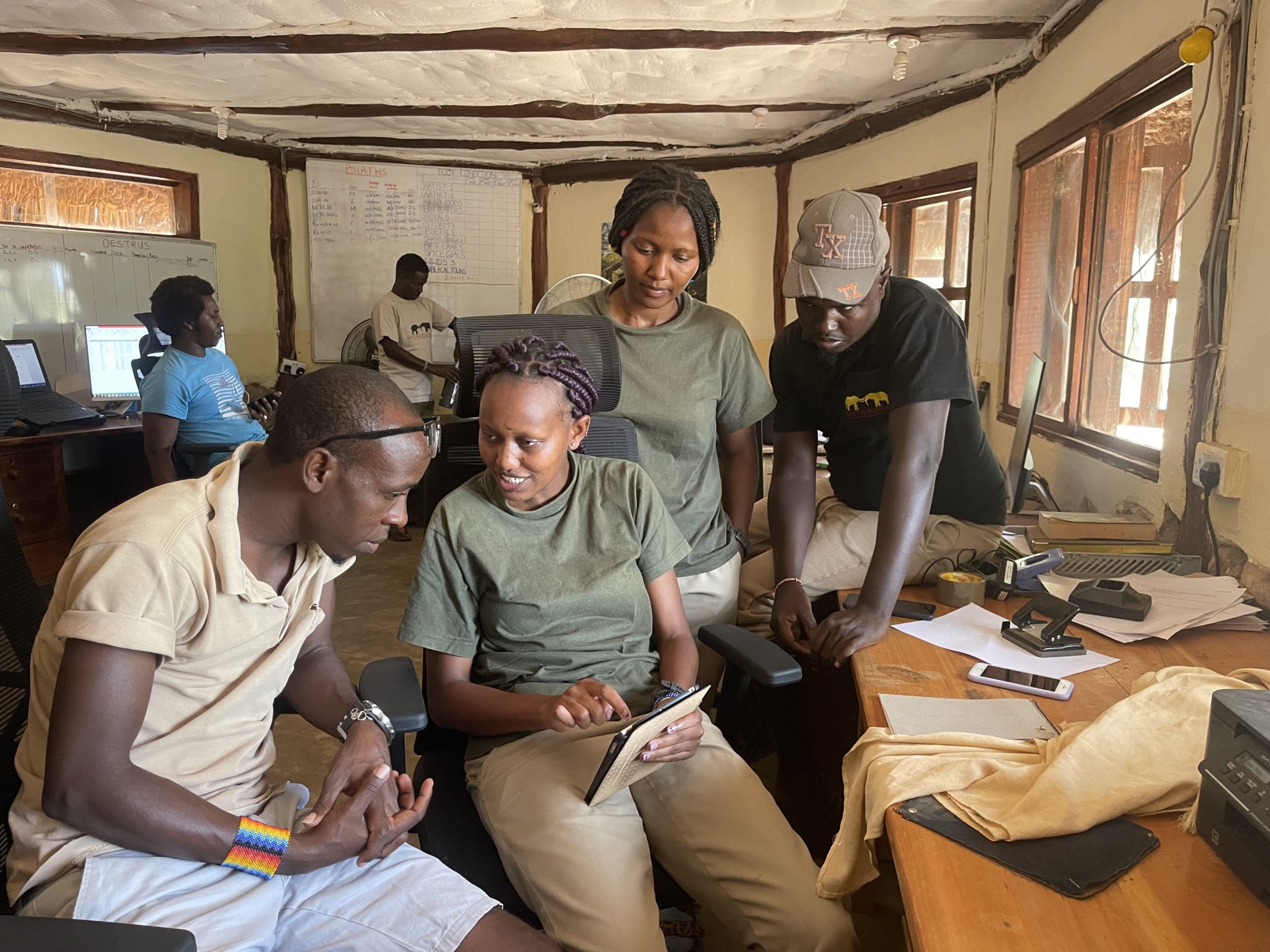There were three key elephant treatments Mara Elephant Project teamed up with Kenya Wildlife Service (KWS) and Sheldrick Wildlife Trust (SWT) for in June. The first took place in early June, MEP was alerted when an elephant calf with an arrowhead injury was spotted. We quickly dispatched our long-term monitoring (LTM) team and MEP’s assistant senior warden to monitor the baby according to the location given in Mara North Conservancy (MNC). Luckily, they quickly found him and confirmed that he had an arrowhead sticking out of his back and needed immediate vet intervention. KWS Vet Dr. Titus Kaitho from the SWT Mobile Vet Unit was called in to treat the baby and the arrowhead was successfully removed and the wound was treated. During treatments like these, it’s safer for the personnel on the ground to also tranquilize the mother, who otherwise would become very aggressive while treating the baby. They both woke up and were back with their herd and are being closely monitored by MEP rangers on the ground. That very same day, a bull elephant required treatment for an infected wound on his rear left leg. The same team got together to treat this bull who was located nearby the first operation.
On June 16, the MEP “Foxtrot” ranger team spotted a bull elephant with an injury on his left side, near a rib. The KWS Vet Dr. Ephantus Ndambiri from the SWT Mara Mobile Vet Unit attended to the elephant, and successfully treated the spear wound. This bull was part of a pair that MEP rangers has responded to push out of community’s farms and remained to keep a close eye on him after treatment. Finally, on June 29, we once again collaborated with KWS Vet Dr. Ephantus Ndambiri from the SWT Mara Mobile Vet Unit to treat a bull elephant in MNC for an arrow wound on his head right next to his ear. Working closely with partners like KWS, SWT and local conservancies is critical to protecting elephants in the Mara.
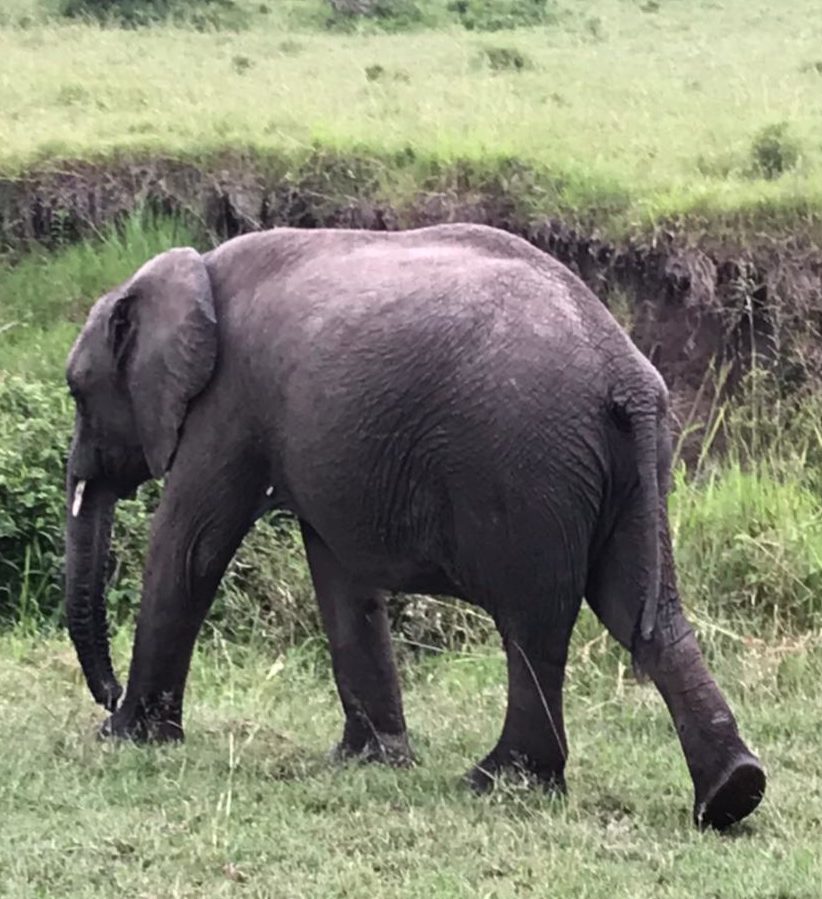
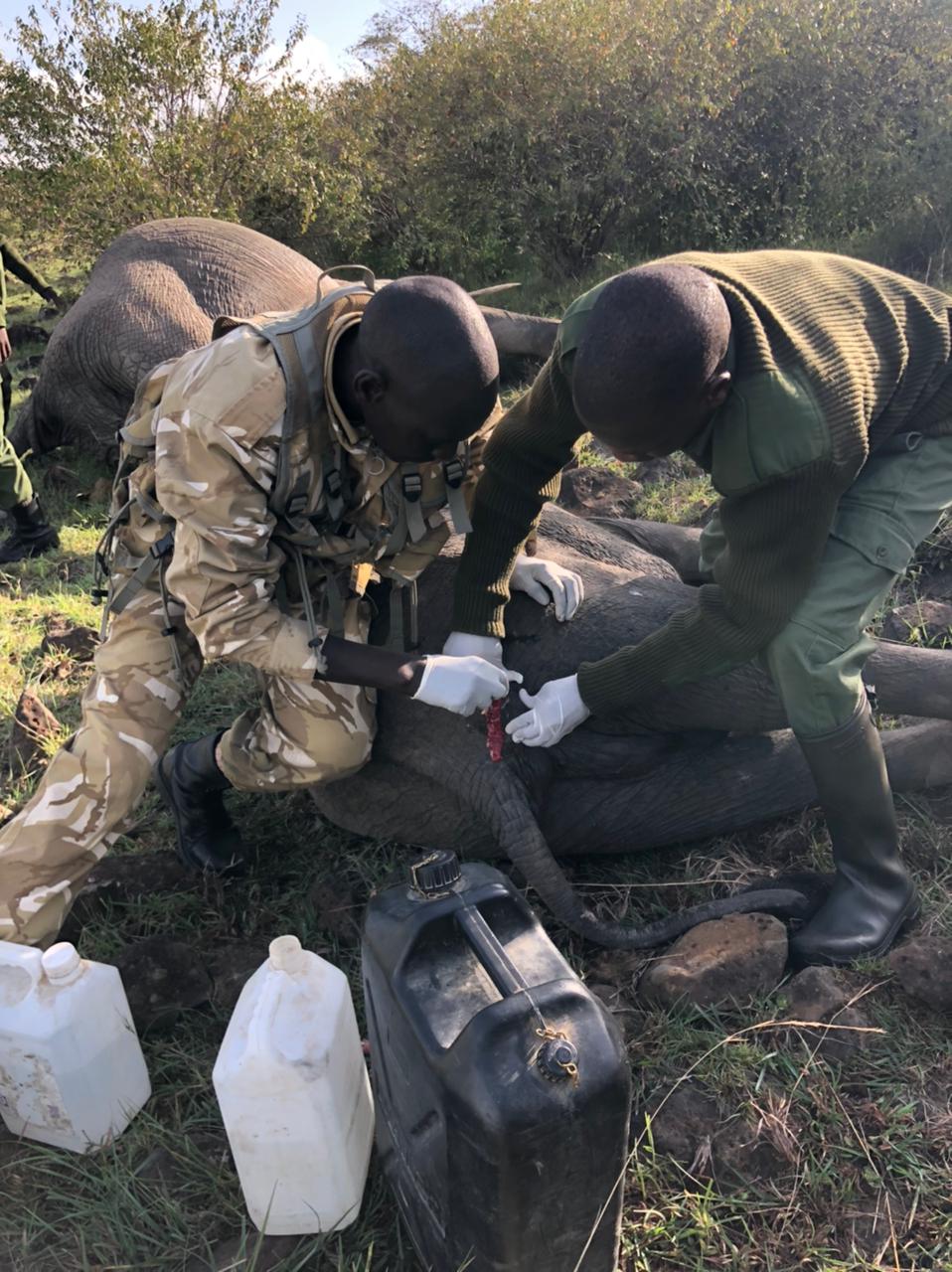

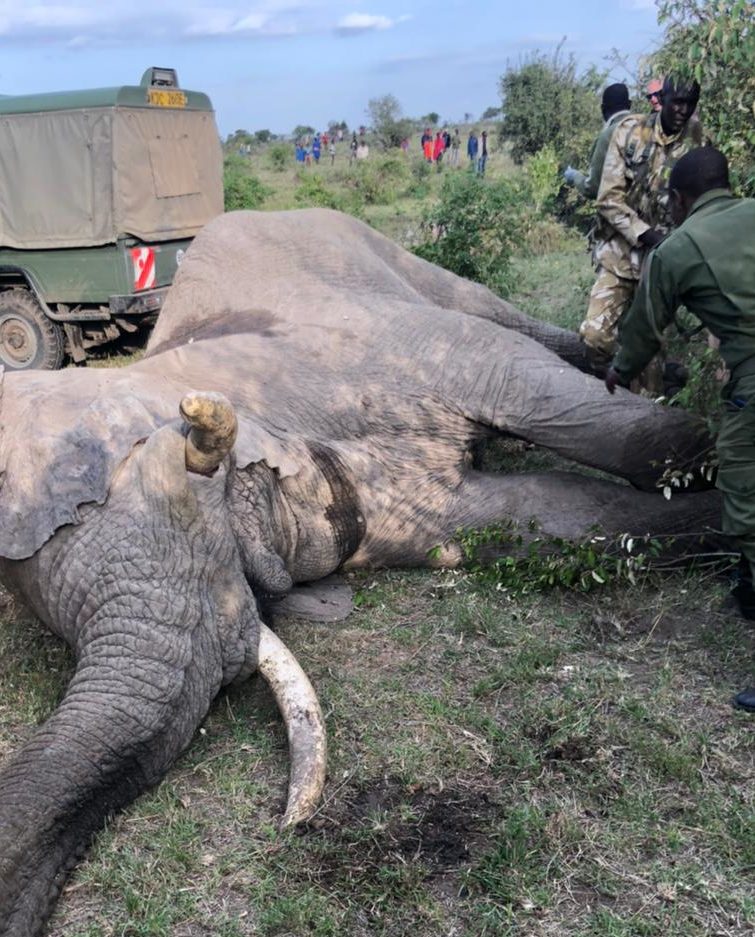
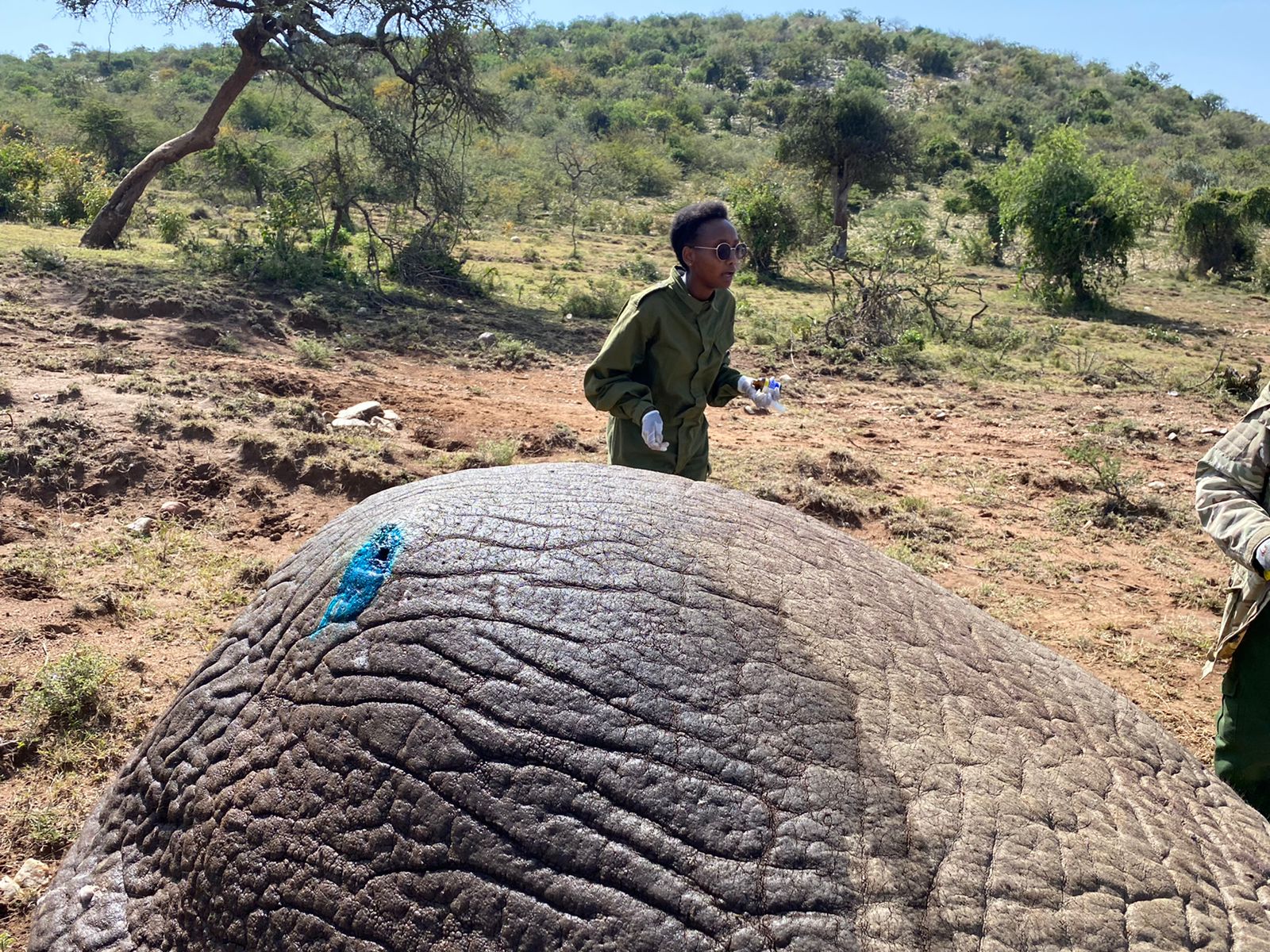

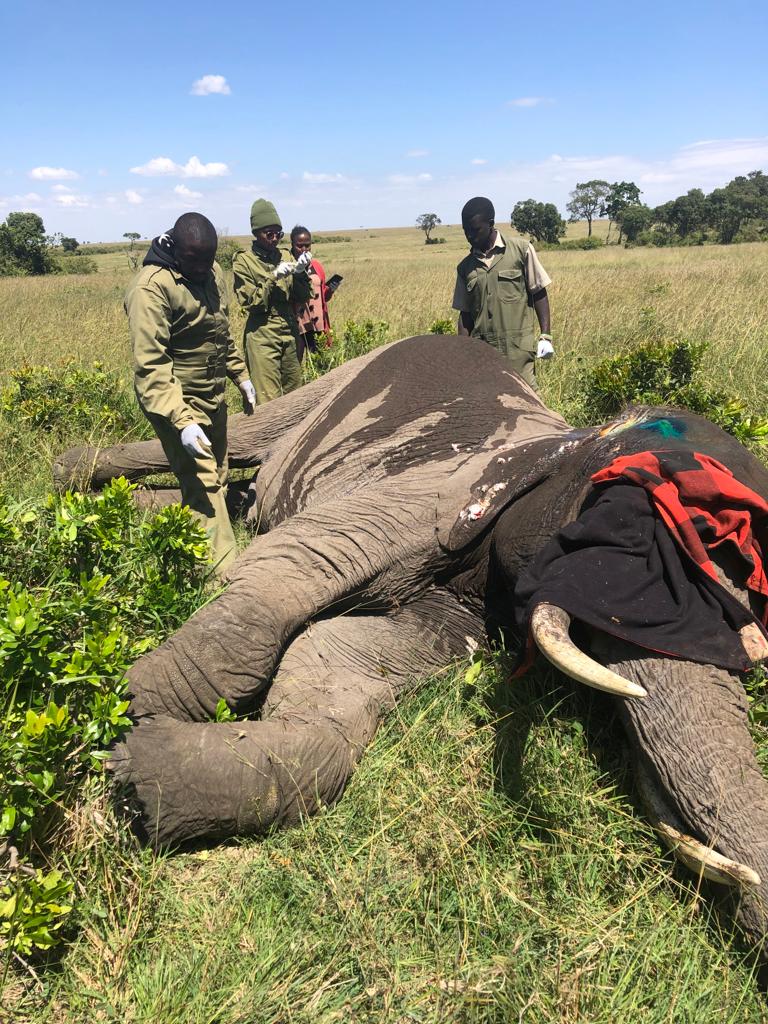
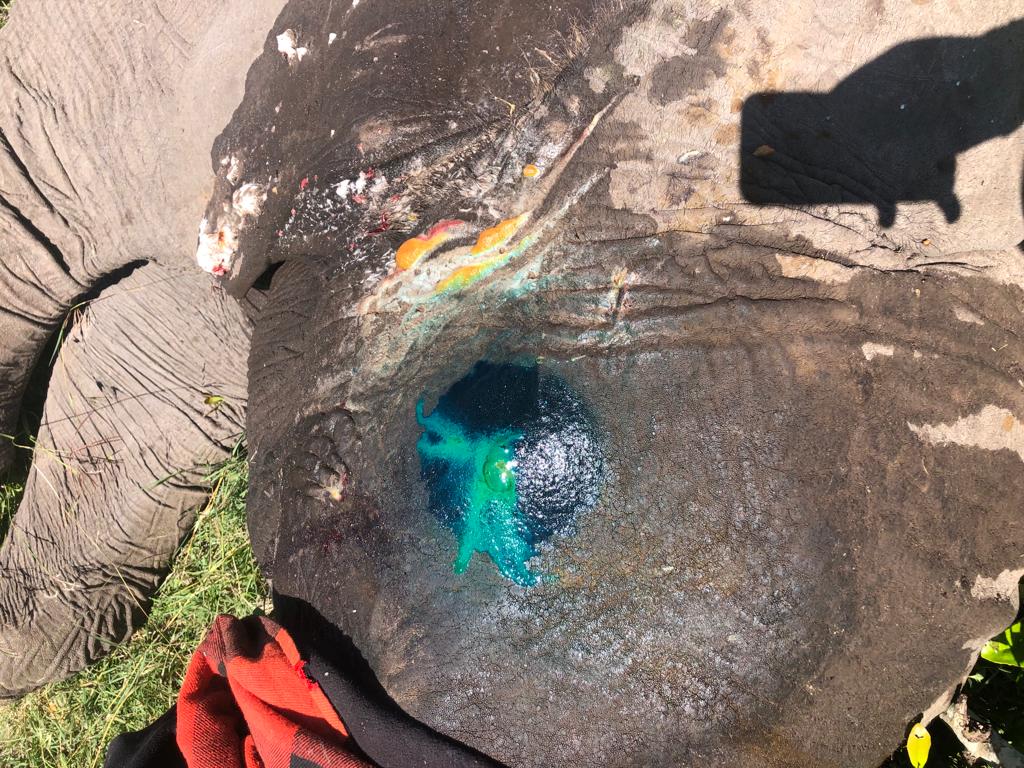
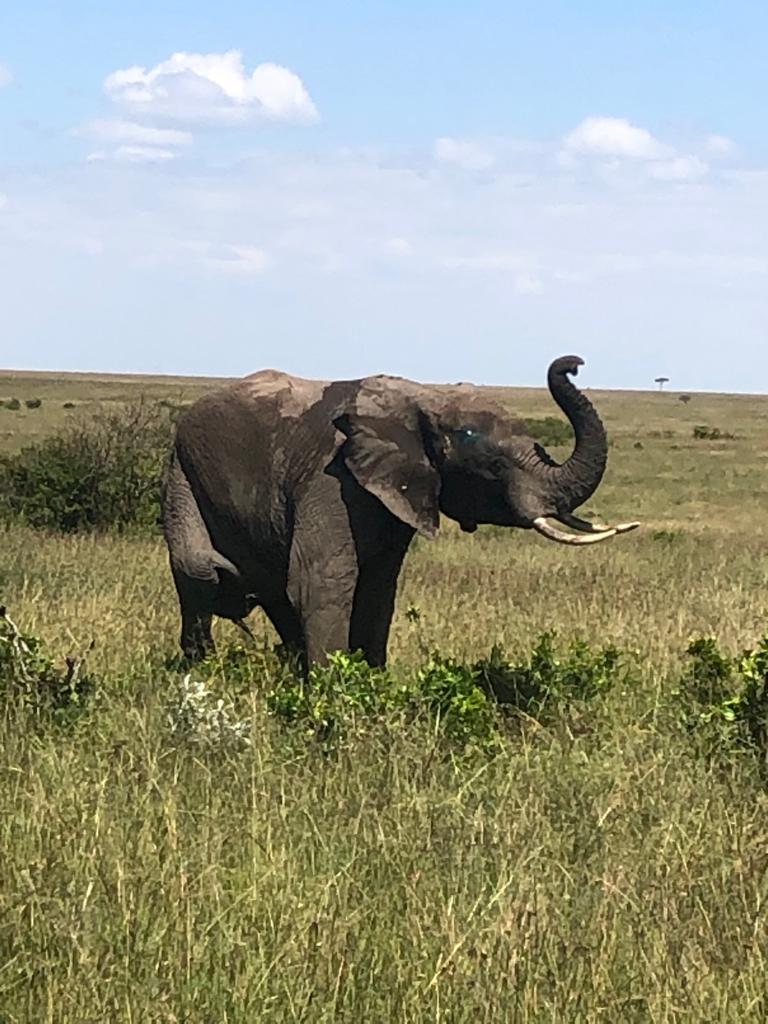
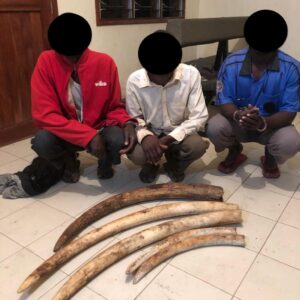 June was another impactful month for MEP’s community rangers in their areas of operation. The MEP intelligence unit was involved in a bust that resulted in 21 kg of ivory (five pieces of tusk) and the arrest of three suspects by KWS.
June was another impactful month for MEP’s community rangers in their areas of operation. The MEP intelligence unit was involved in a bust that resulted in 21 kg of ivory (five pieces of tusk) and the arrest of three suspects by KWS.
Overall, in June, MEP rangers alongside government partners arrested 29 habitat destruction suspects, confiscated 124 posts, 724 pieces of timber and 40 trees, recovered two power saws, and destroyed 53 kilns and 10 sacks of charcoal. They also arrested five bushmeat poaching suspects, recovered 1.5 kg of bushmeat and removed 17 snares. They also mitigated a total of eight conflict incidents. In June, MEP rangers covered a distance of 1,173 km on foot in the GME and MES rangers in Shimba Hills covered a distance of 70 km on foot. Additionally, MEP rangers patrolled 15,517 km by car in GME and 1,539 km on motorbike.
The two MEP / SWT Mau De-Snaring Units operating in the Mau Forest, the “Charlie” and “Alpha” teams, were extremely successfully busting illegal logging operations and rooting out bushmeat poachers.
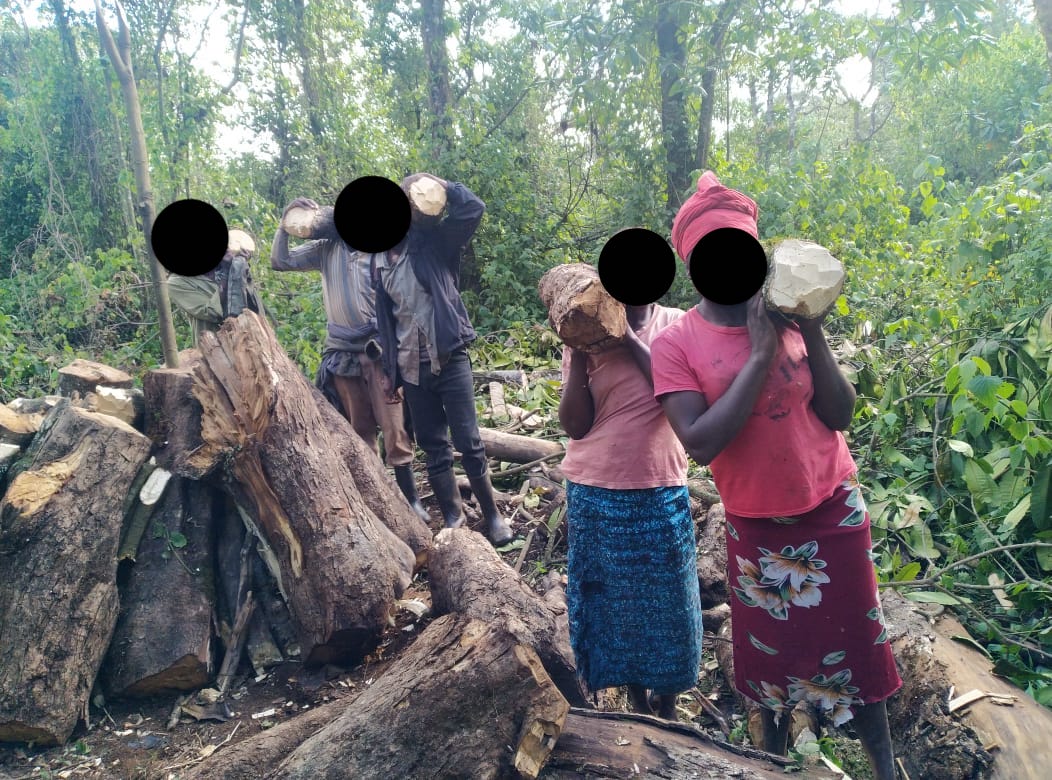
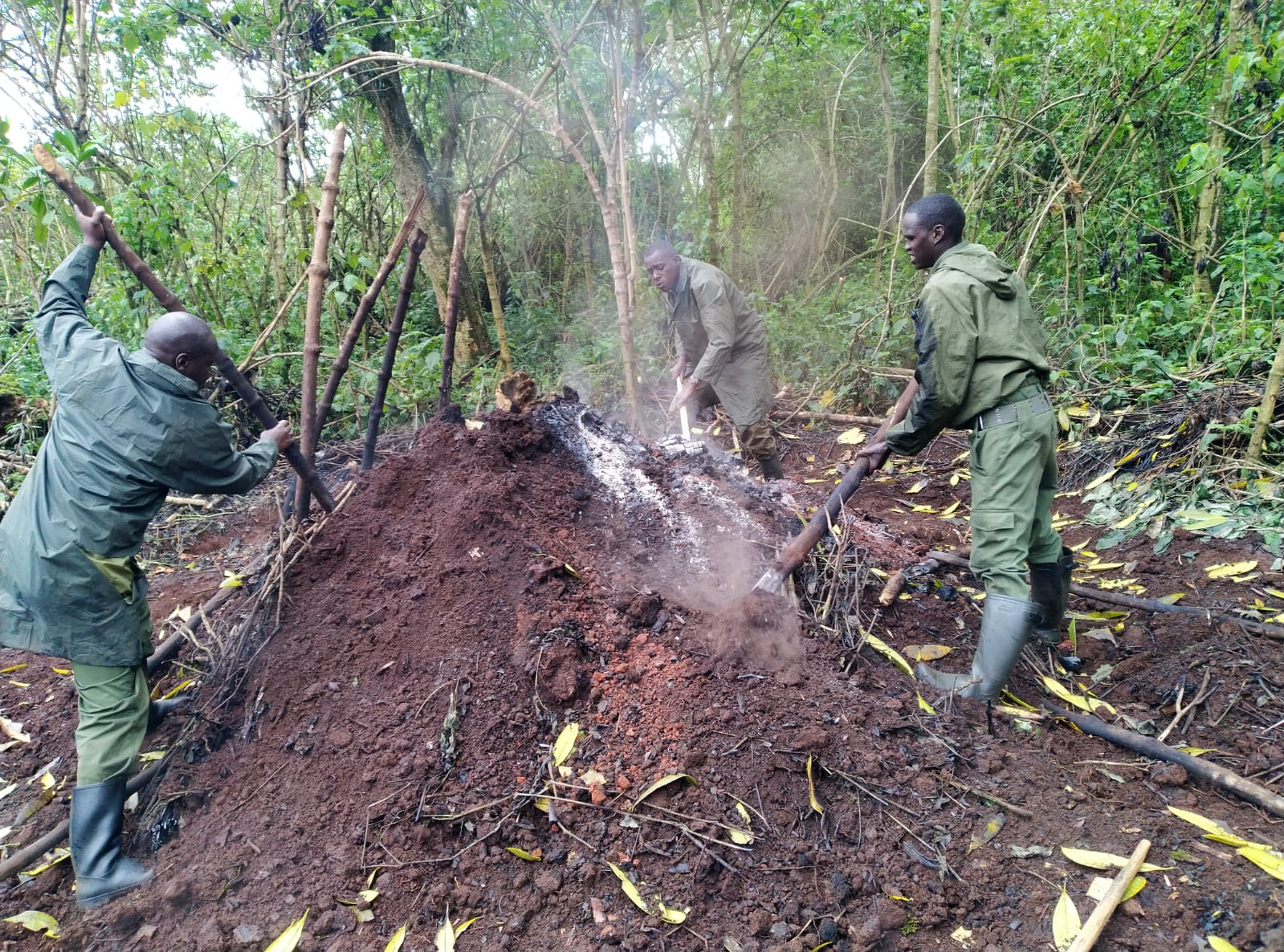
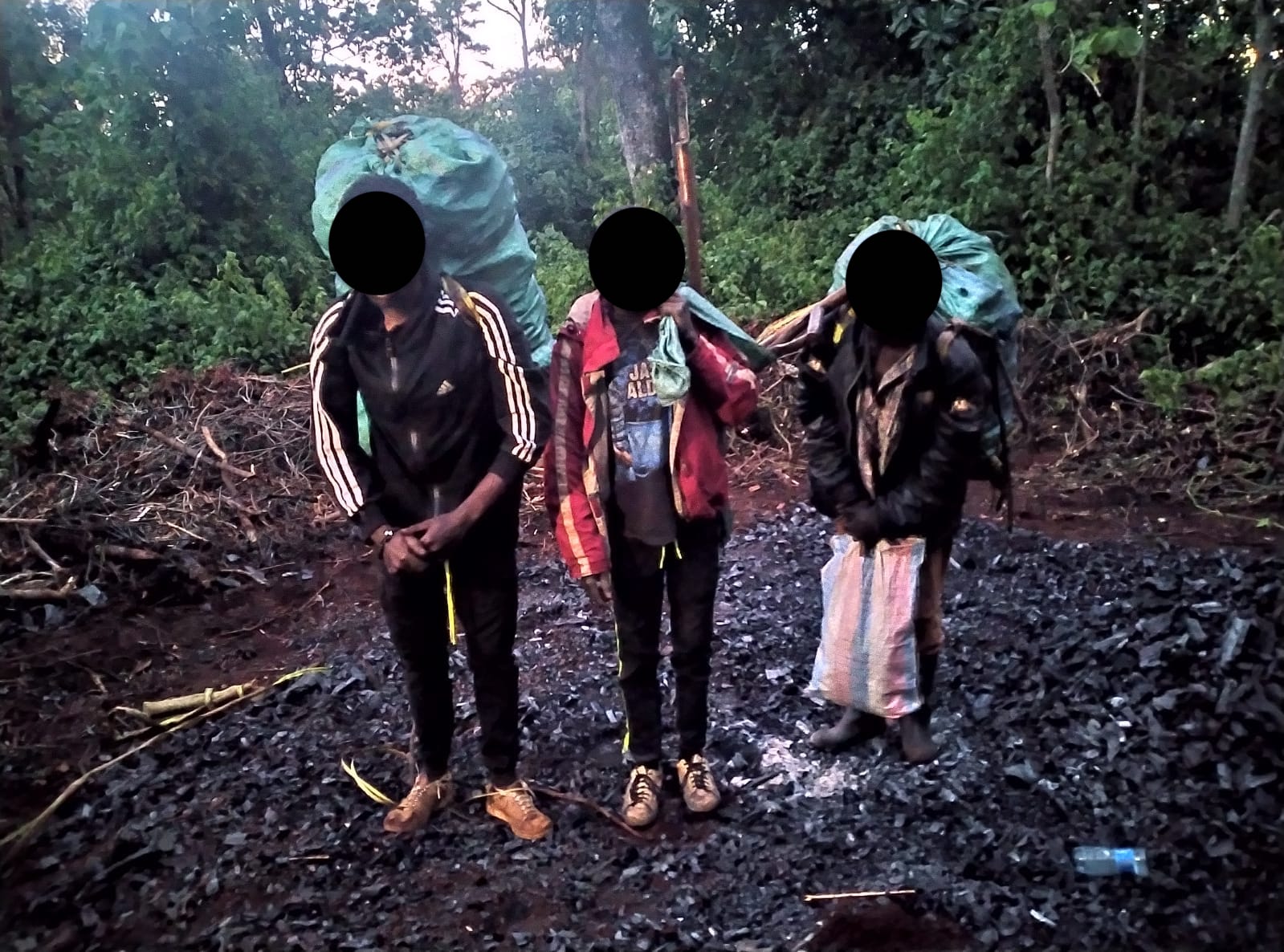

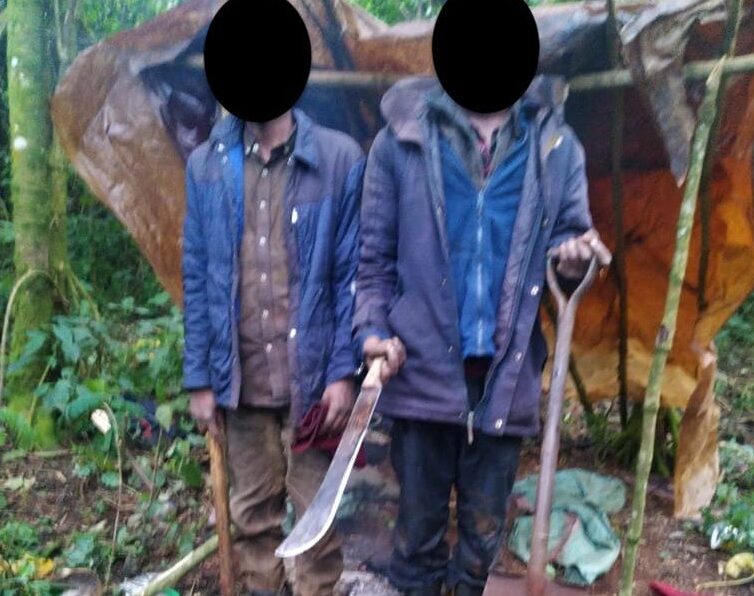
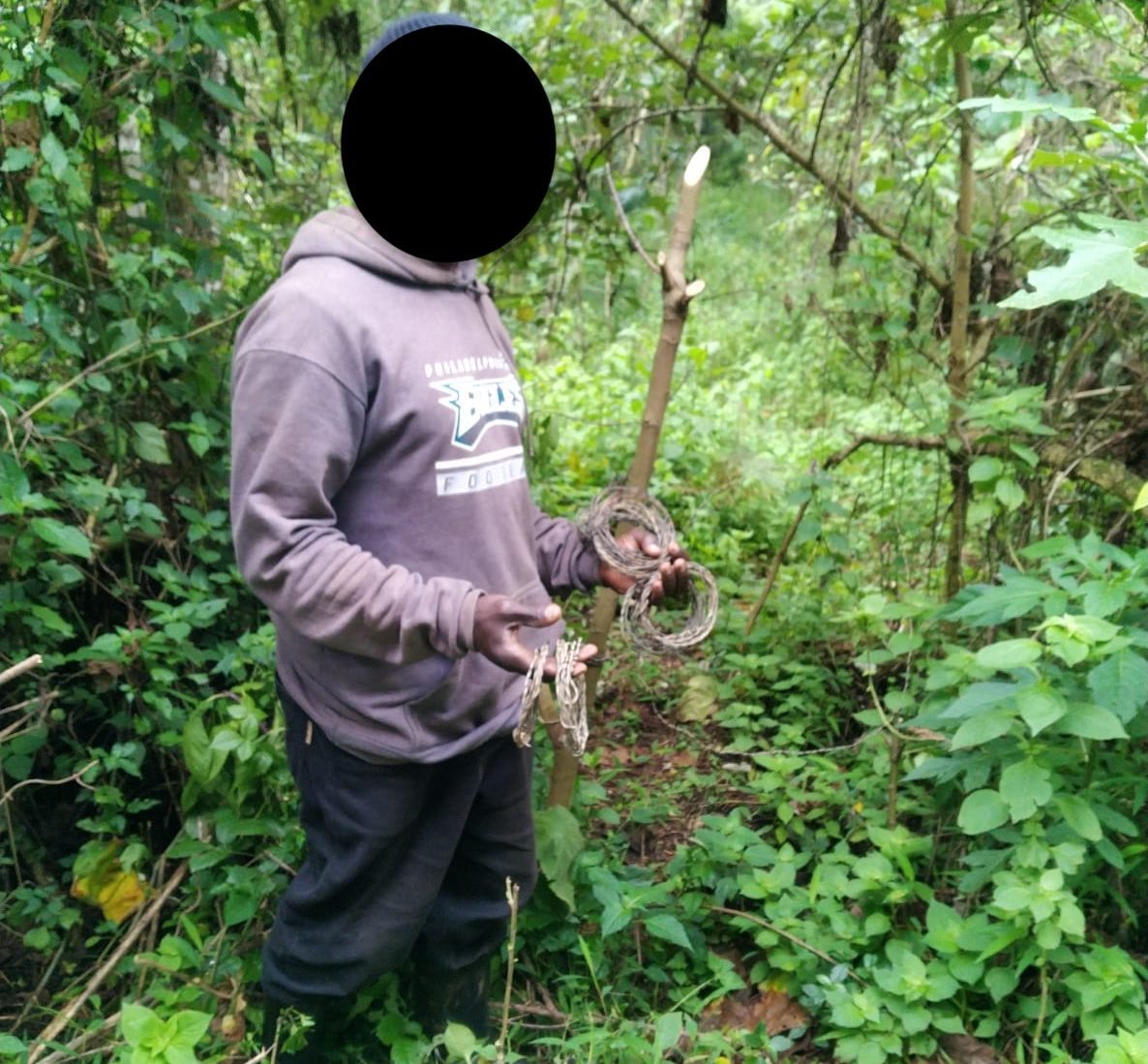
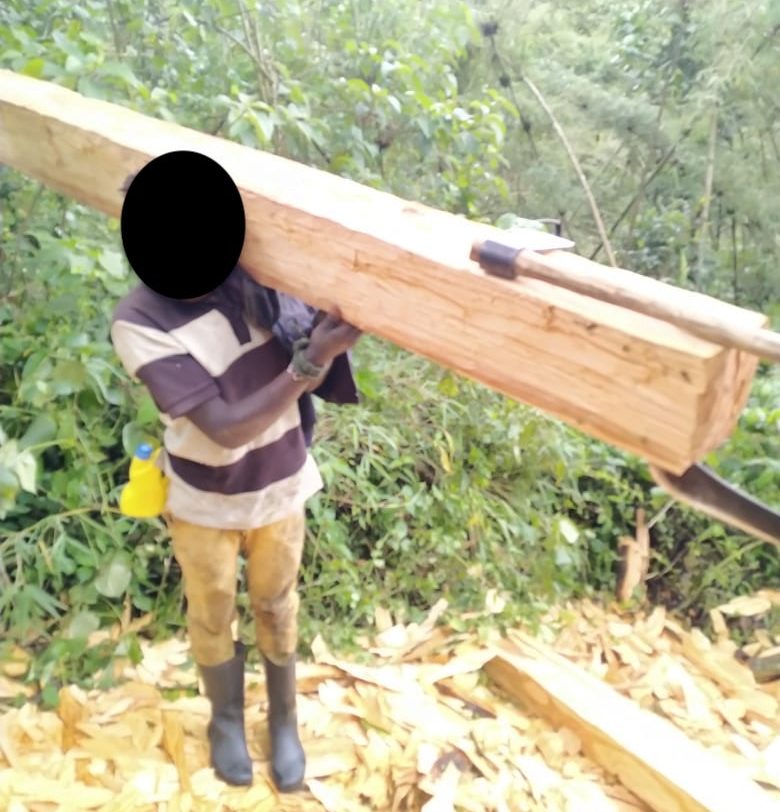
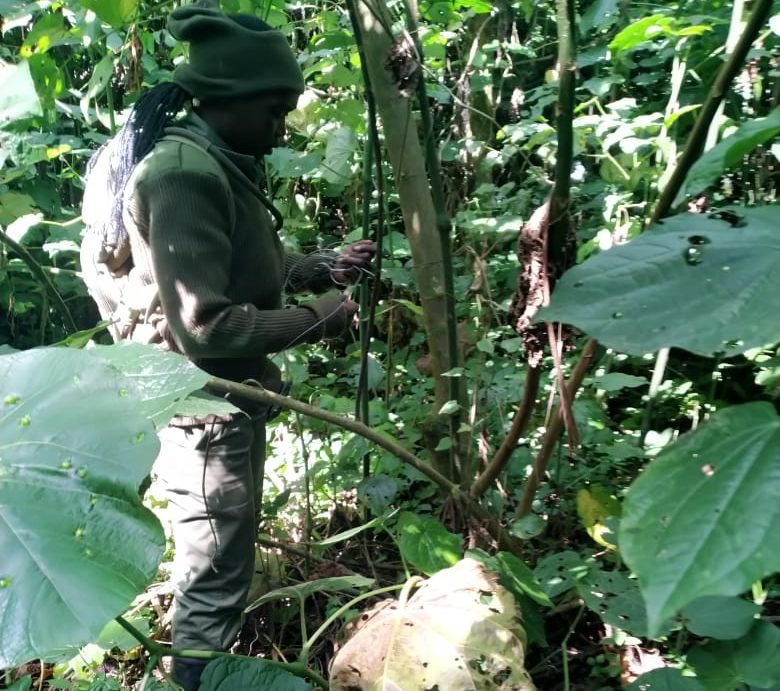
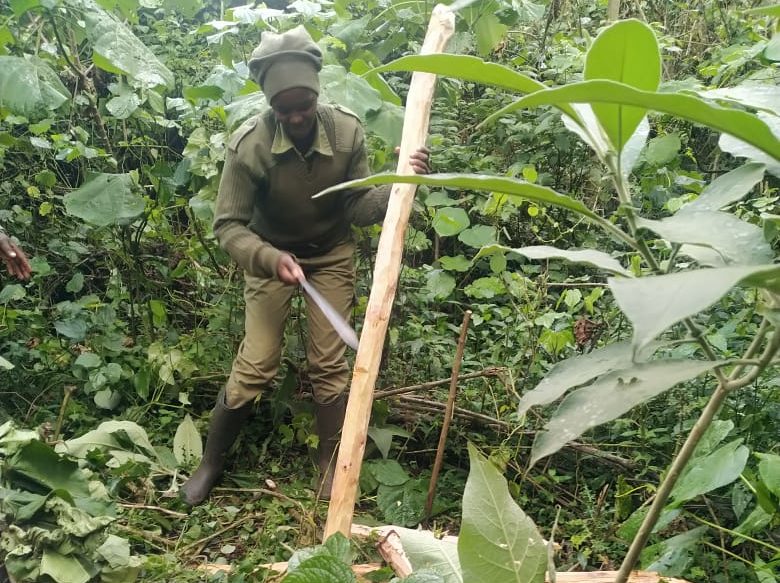
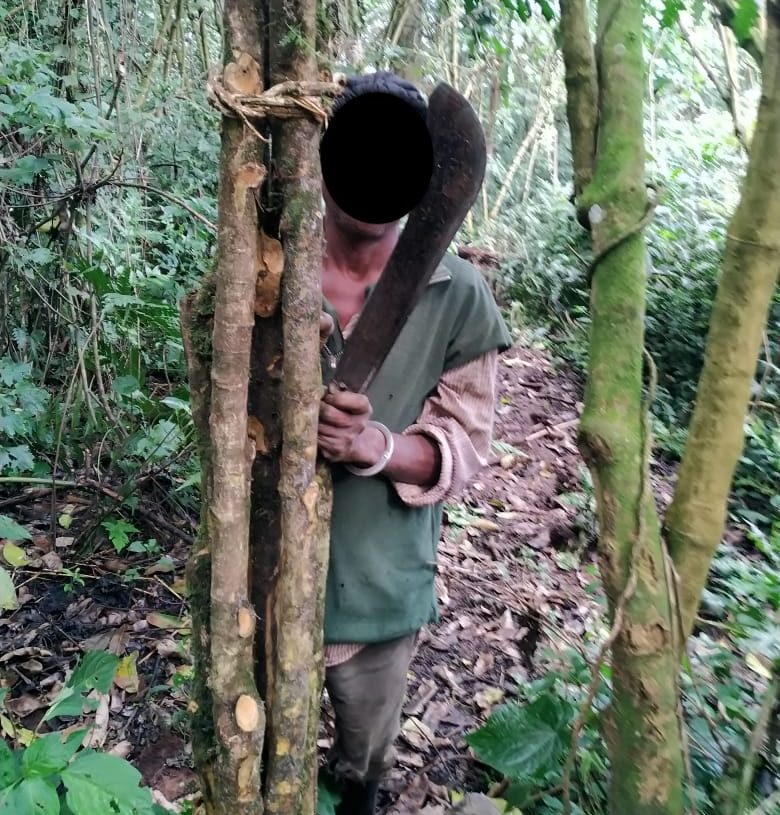
In the Nyakweri Forest, the MEP “Golf” ranger team continued their protection of collared elephant Fitz and his herd, sponsored by Angama Foundation, and combatting habitat destruction inside the forest.
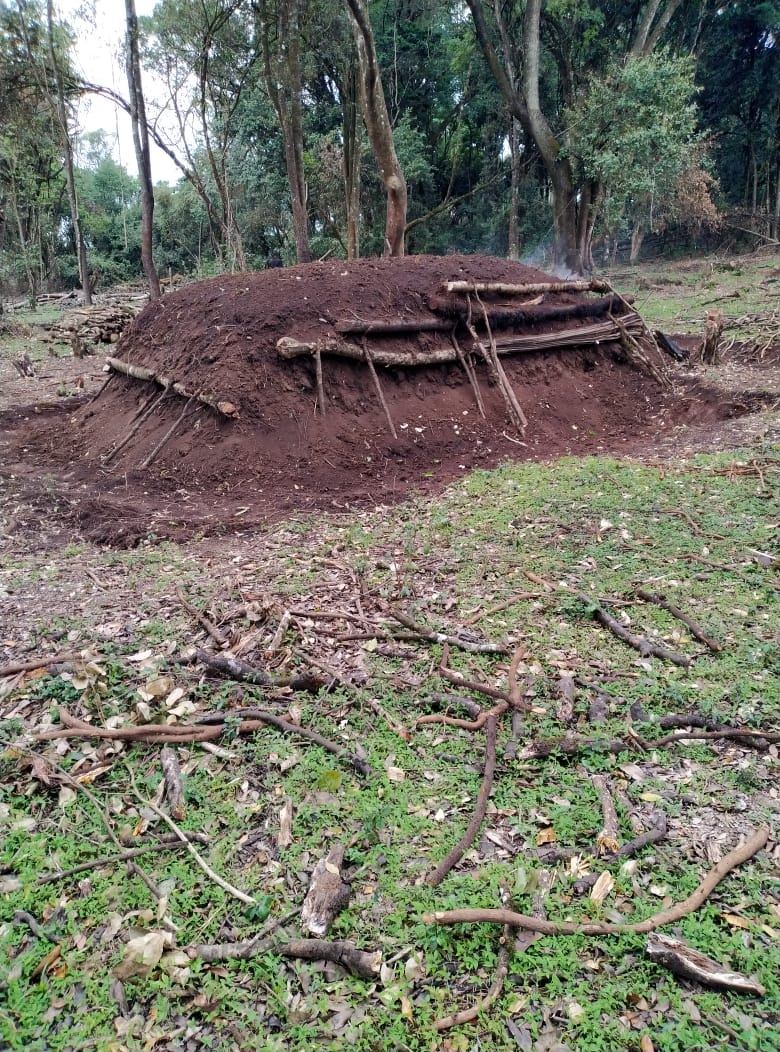

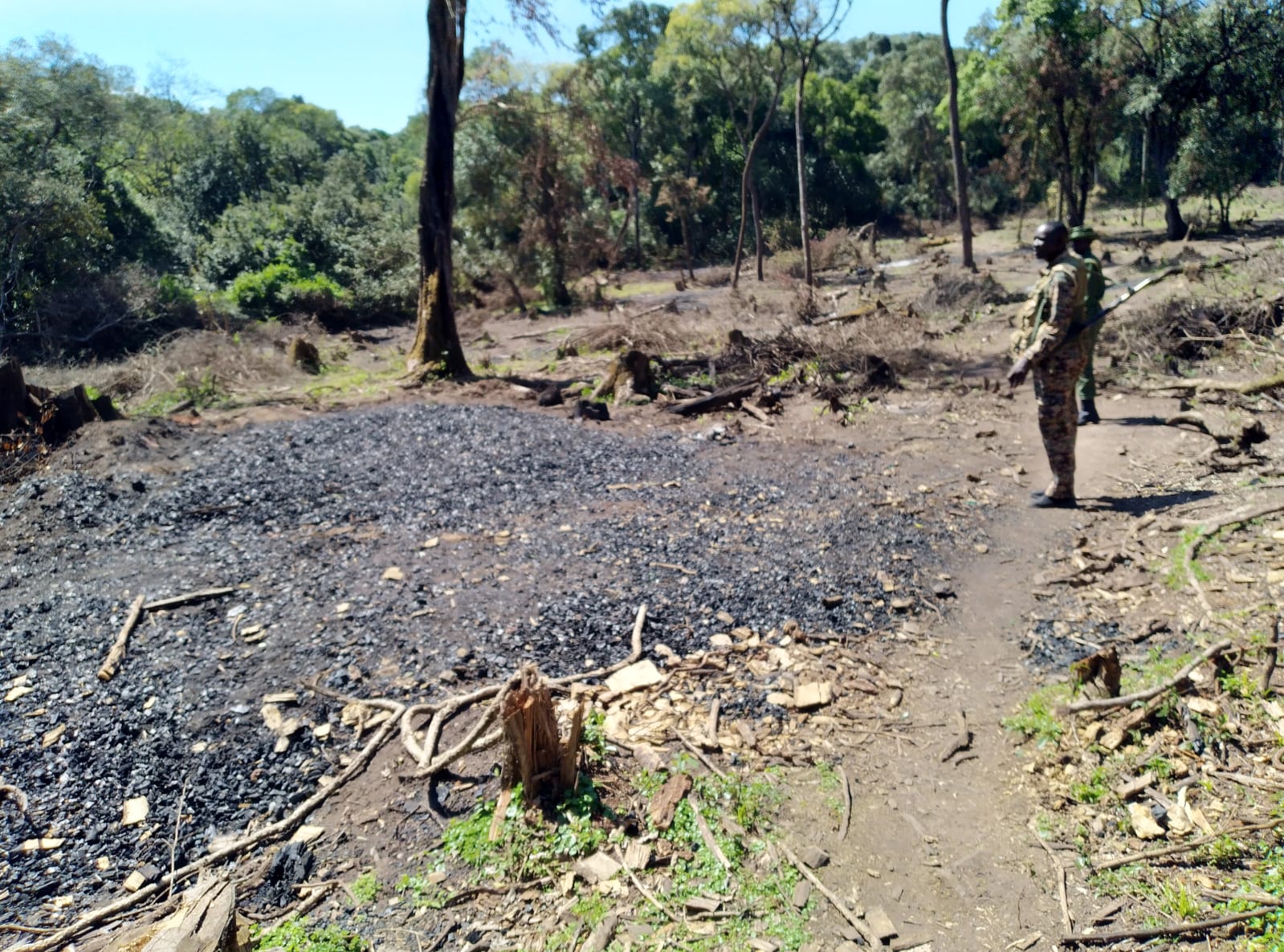
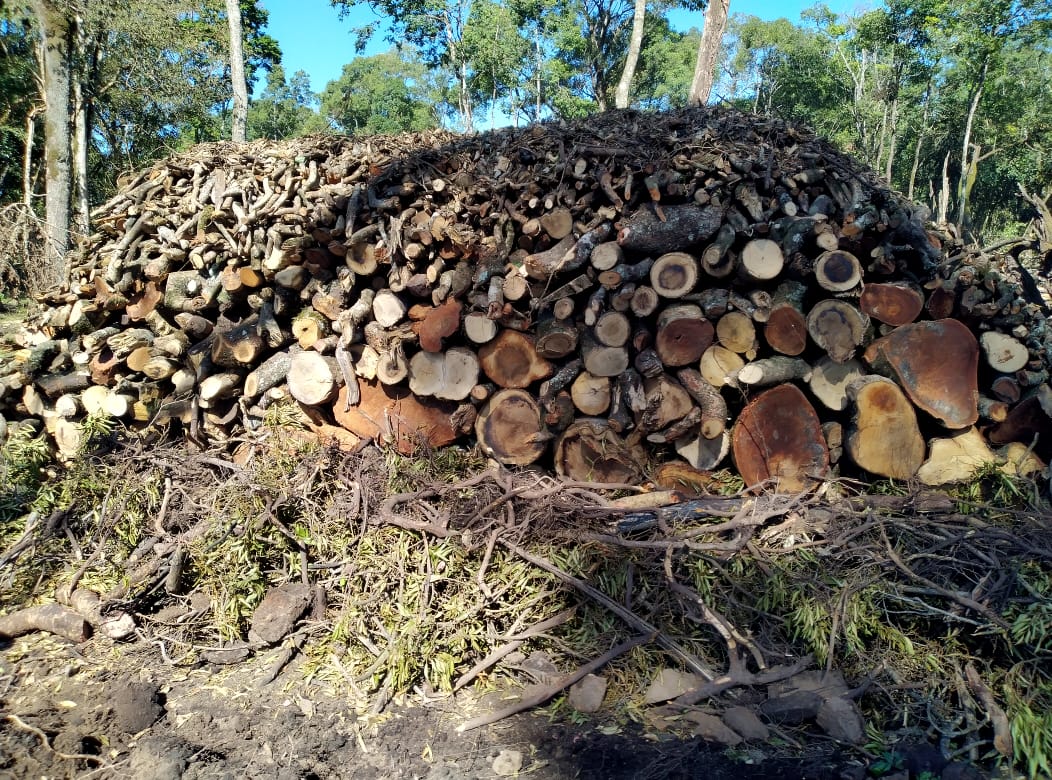
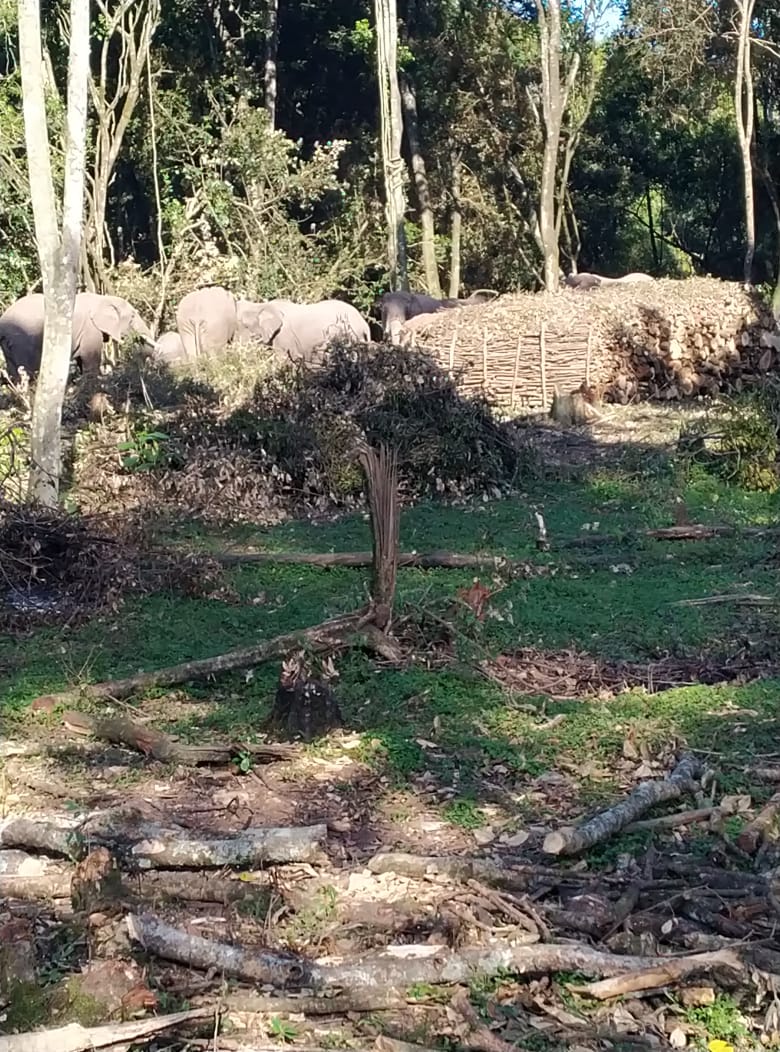
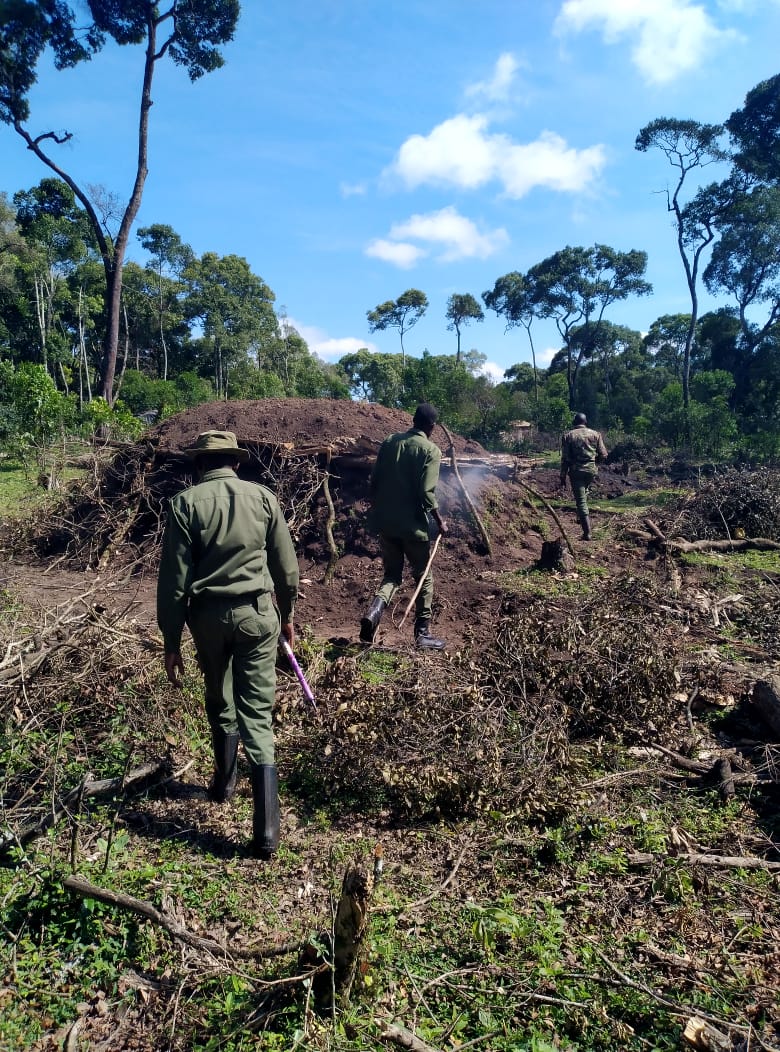
In the Loita Forest, the “Echo” ranger team had several large illegal logging busts and arrests alongside government partners.

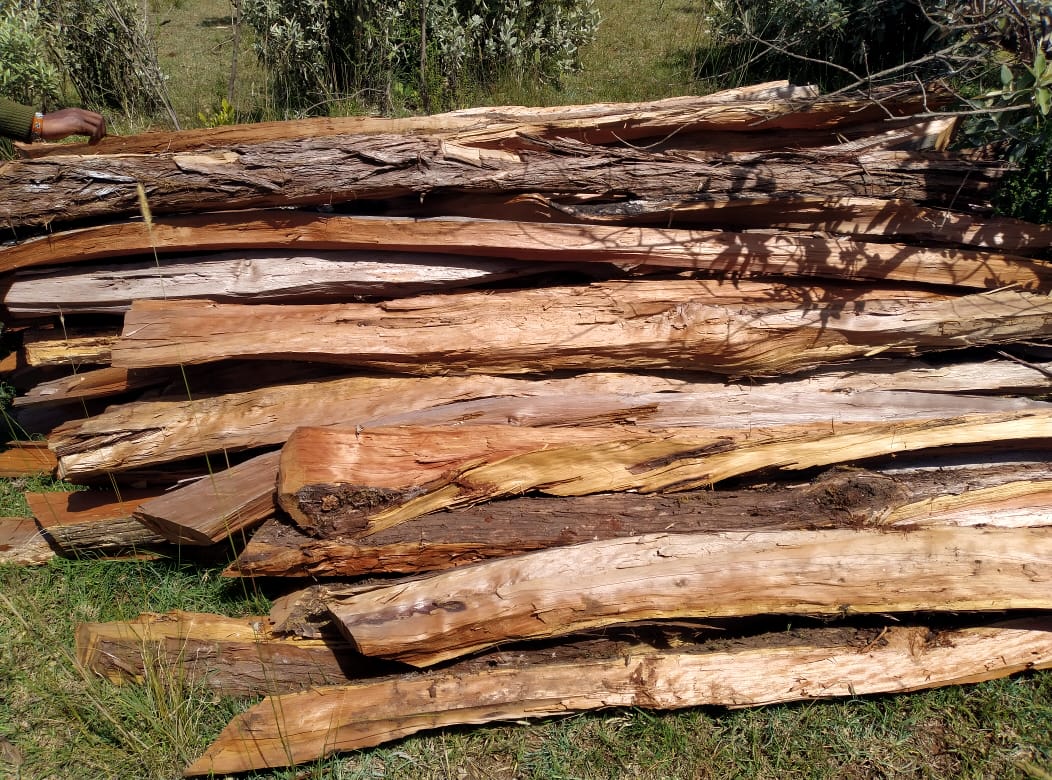
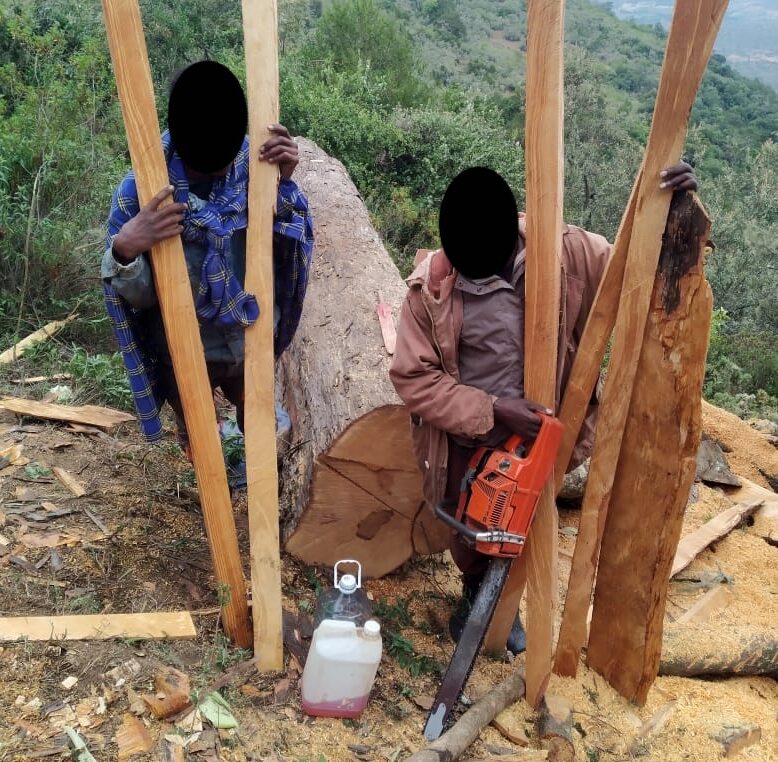
MEP’s “Foxtrot” ranger team was busy assisting partners with elephant treatments, as mentioned previously, and responding to conflict.
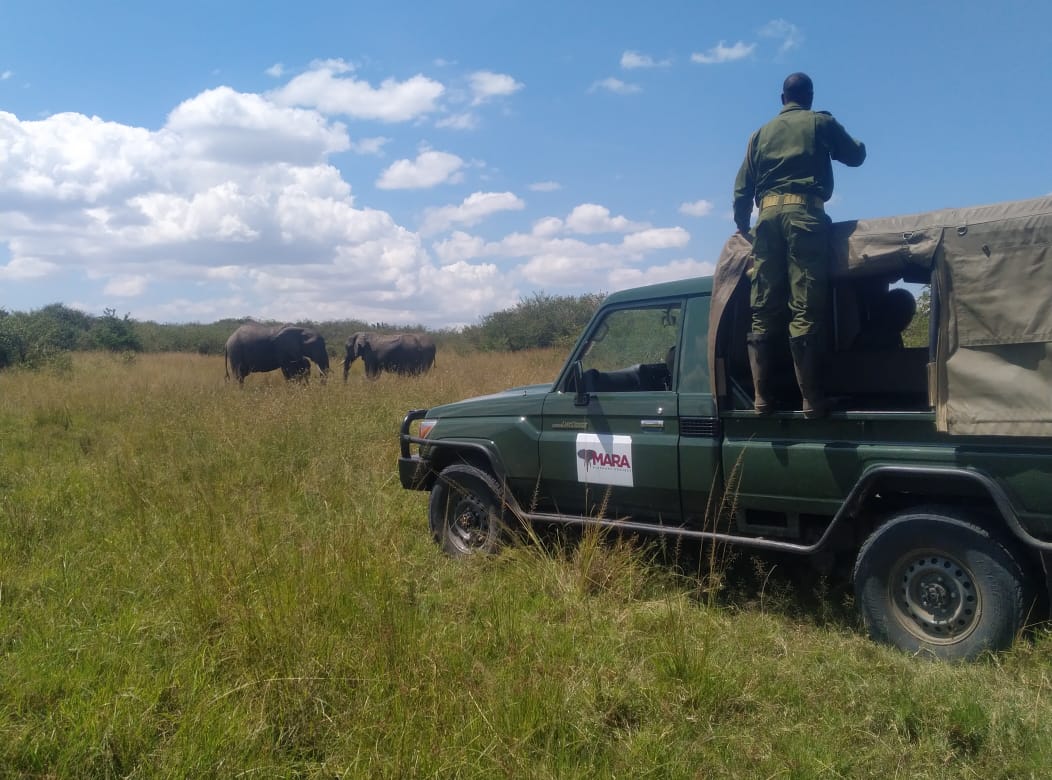
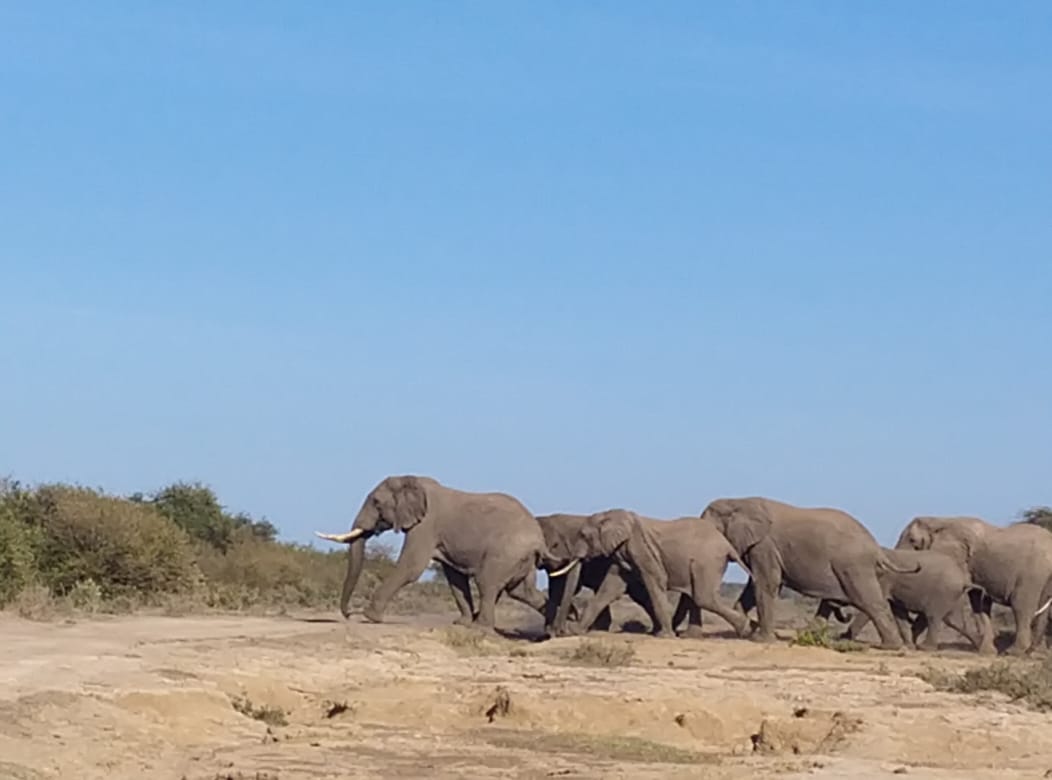
The MEP leased helicopter was deployed for two collaring operations in June alongside partners KWS and the Wildlife Research and Training Institute (WRTI). The first took place on June 15, when MEP responded to reports of a very aggressive female elephant attacking motorbikes in an area nearby our headquarters. This type of aggressive behavior was uncommon for an elephant, and this female was a candidate for a collar so that KWS and MEP could track her movements in real time and respond accordingly. The cause of her aggressive behavior was revealed during the collaring operation. During the collaring, we discovered she was missing the footpad on her front left foot which must have hurt her immensely while walking. KWS Vet Dr. Ndambiri treated the abscess and we’re hoping this might help relieve her pain. The second operation was a re-collaring. Polaris was originally collared in June 2013 by KWS, WRTI and MEP to better understand how he was navigating between conservancies through increasing infrastructure development. Polaris is also a large bull elephant estimated to be over 50 years old, with large tusks, making him a potential target for poachers. On June 16, while CEO Marc Goss was conducting a routine aerial patrol in the MEP leased helicopter, he spotted Polaris and together with KWS Vet Dr. Ephantus Ndambiri re-collared him in order to track his movements between safe areas, and the land use changes occurring around Pardamat and Ol Kinyei conservancies.

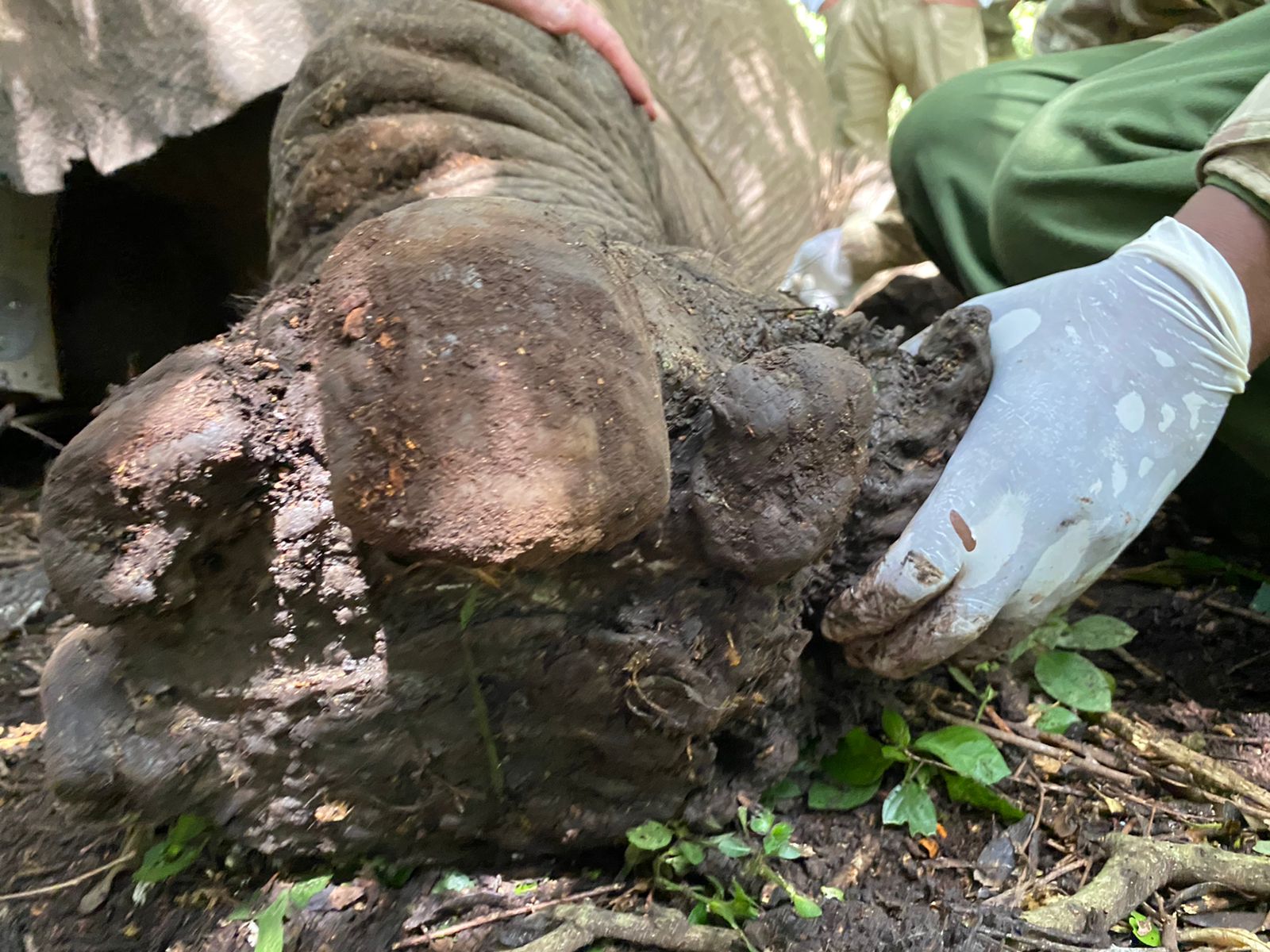
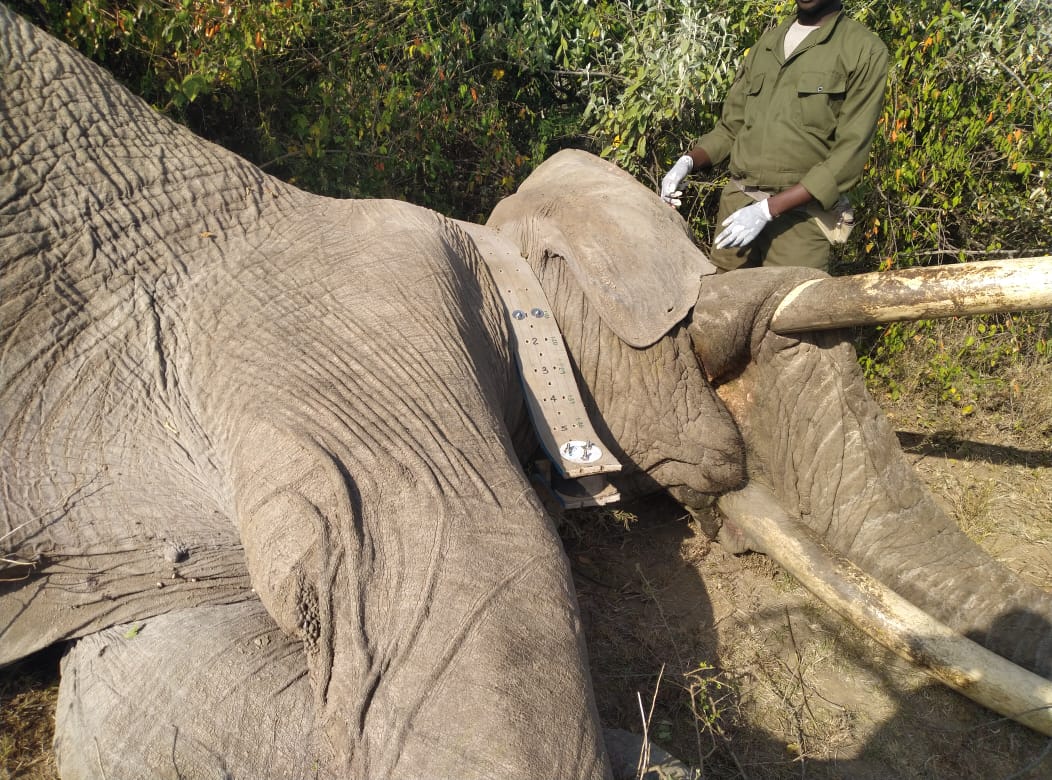
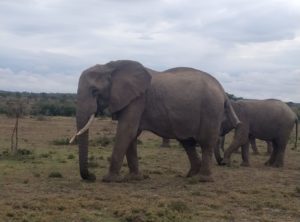 Collared elephants Chelsea (left), Ivy (below) and Fred were monitored by MEP rangers on the ground in June.
Collared elephants Chelsea (left), Ivy (below) and Fred were monitored by MEP rangers on the ground in June.
Dr. Jake Wall joined MEP’s LTM team in Samburu to see our partner Save the Elephants (STE) field monitoring work firsthand. We were able to show STE the latest technology MEP has developed to identify elephants and learn more from their LTM team on individual elephant identification. Collaborative efforts like these are key opportunities to share knowledge and expand MEP’s ability to produce impactful outcomes with our research.
© Gilbert Sabinga/Save the Elephants
 MEP’s key partner EarthRanger announced their Conservation Technology Award for 2022 in June. They are accepting applications through August 31 for innovators working to safeguard wildlife and their habitats through the advancement of technology. They are giving two $15,000 grants, and I will once again be sitting on the selection committee and look forward to learning more about the worthwhile candidates who enter.
MEP’s key partner EarthRanger announced their Conservation Technology Award for 2022 in June. They are accepting applications through August 31 for innovators working to safeguard wildlife and their habitats through the advancement of technology. They are giving two $15,000 grants, and I will once again be sitting on the selection committee and look forward to learning more about the worthwhile candidates who enter.
The MEP Experimental Farm had a few visitors, some wildlife, some not, eating crops in June. Overall, there was little rainfall so keeping the crops watered was key.
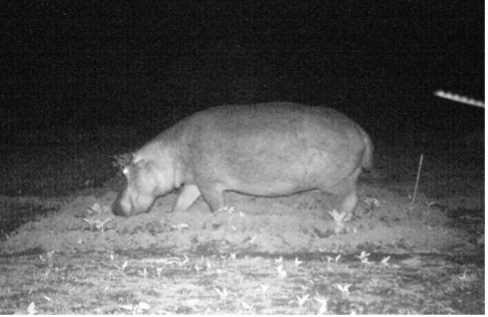
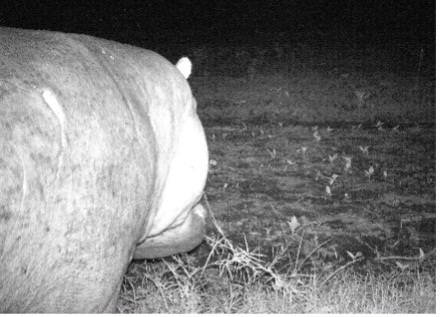
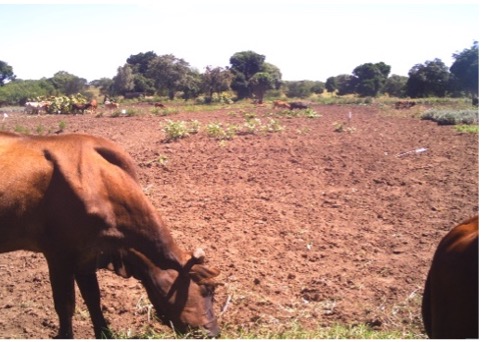

Over two weeks in June, MEP’s Conservation Officer Wilson Sairowua participated in the Smithsonian’s Earth Optimism initiative at the Folklife Festival in Washington, DC. He interacted with thousands of visitors alongside our conservation partners from the Maasai Mara on the National Mall to present about elephant movement ecology and MEP’s work promoting co-existence. Wilson had a great time meeting everyone and being a tourist in DC since it’s his first time in America. Wilson was using EarthRanger to show how we track elephants using collars.
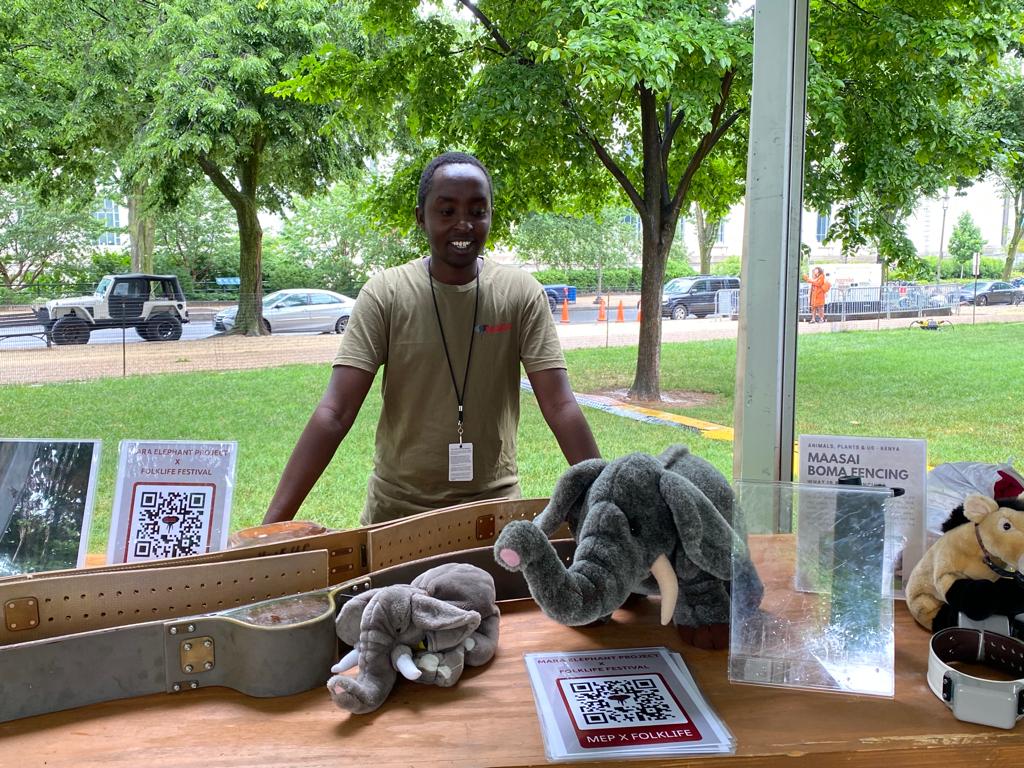
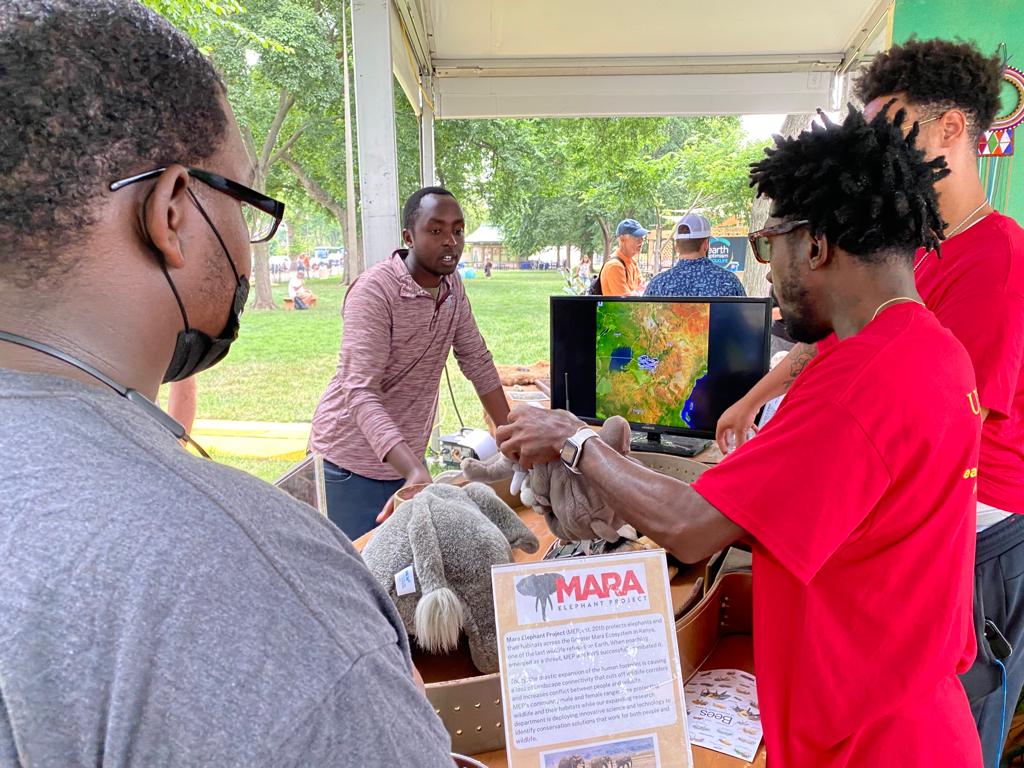
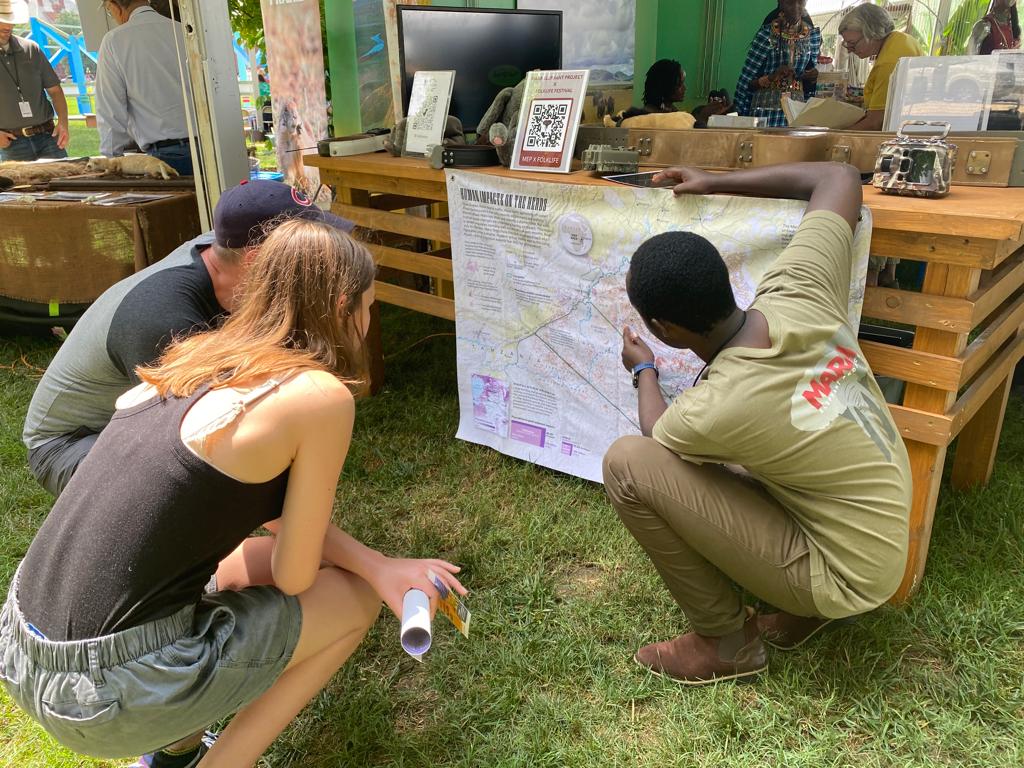
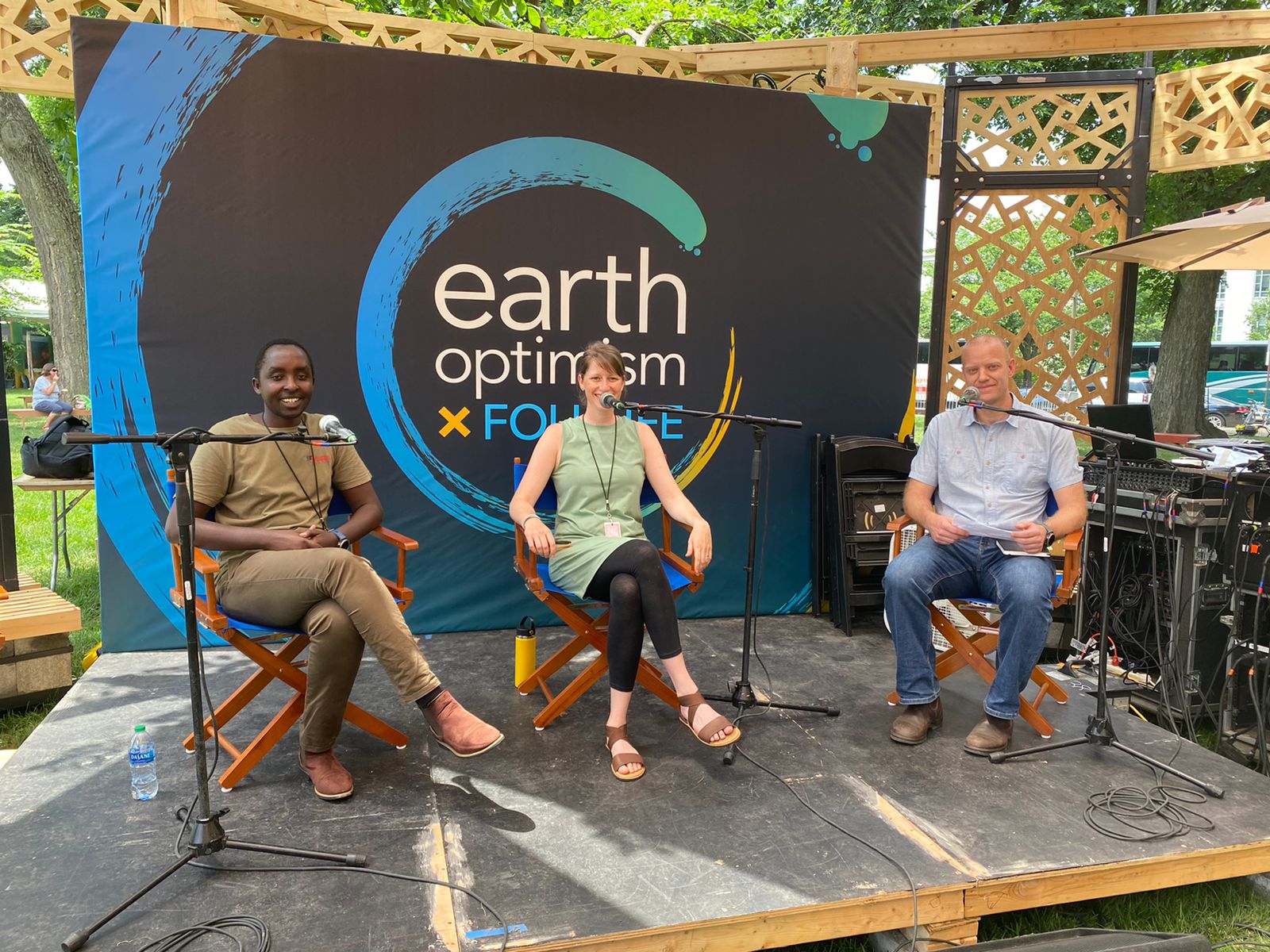
We launched a brand-new partnership in June with Thanksgiving Coffee Company. The Protect the Elephants coffeeis now available, and every bag sold directly benefits Mara Elephant Project.
In June, we were excited to join How Many Elephants to celebrate World Female Ranger Week. We spent a week highlighting all of MEP’s amazing female rangers and their work. Thank you to everyone who joined us to donate. We also celebrated Madaraka Day, Father’s Day and World Environment Day with you all in June.
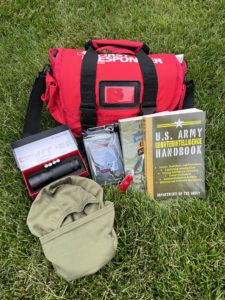 Photographer Harry Blakey partnered with MEP and 10% of all elephant print sales supported our efforts. Additionally,Virtual Safari NFT is donating 40% of their net profits from their elephant collection back to MEP. We’ve already received a $90 donation in June and the support continues. We received support from James Lewin Photographyfrom prints sold in June, thank you. We also received donations of a medical kit, several books for research and operations staff, flashlights and Swiss Army knives all from MEP’s Amazon Wish List. Thank you very much for everyone who sent items.
Photographer Harry Blakey partnered with MEP and 10% of all elephant print sales supported our efforts. Additionally,Virtual Safari NFT is donating 40% of their net profits from their elephant collection back to MEP. We’ve already received a $90 donation in June and the support continues. We received support from James Lewin Photographyfrom prints sold in June, thank you. We also received donations of a medical kit, several books for research and operations staff, flashlights and Swiss Army knives all from MEP’s Amazon Wish List. Thank you very much for everyone who sent items.
A June entry by Chags Photography in the Greatest Maasai Mara photo competition sponsored by Angama Foundation.

